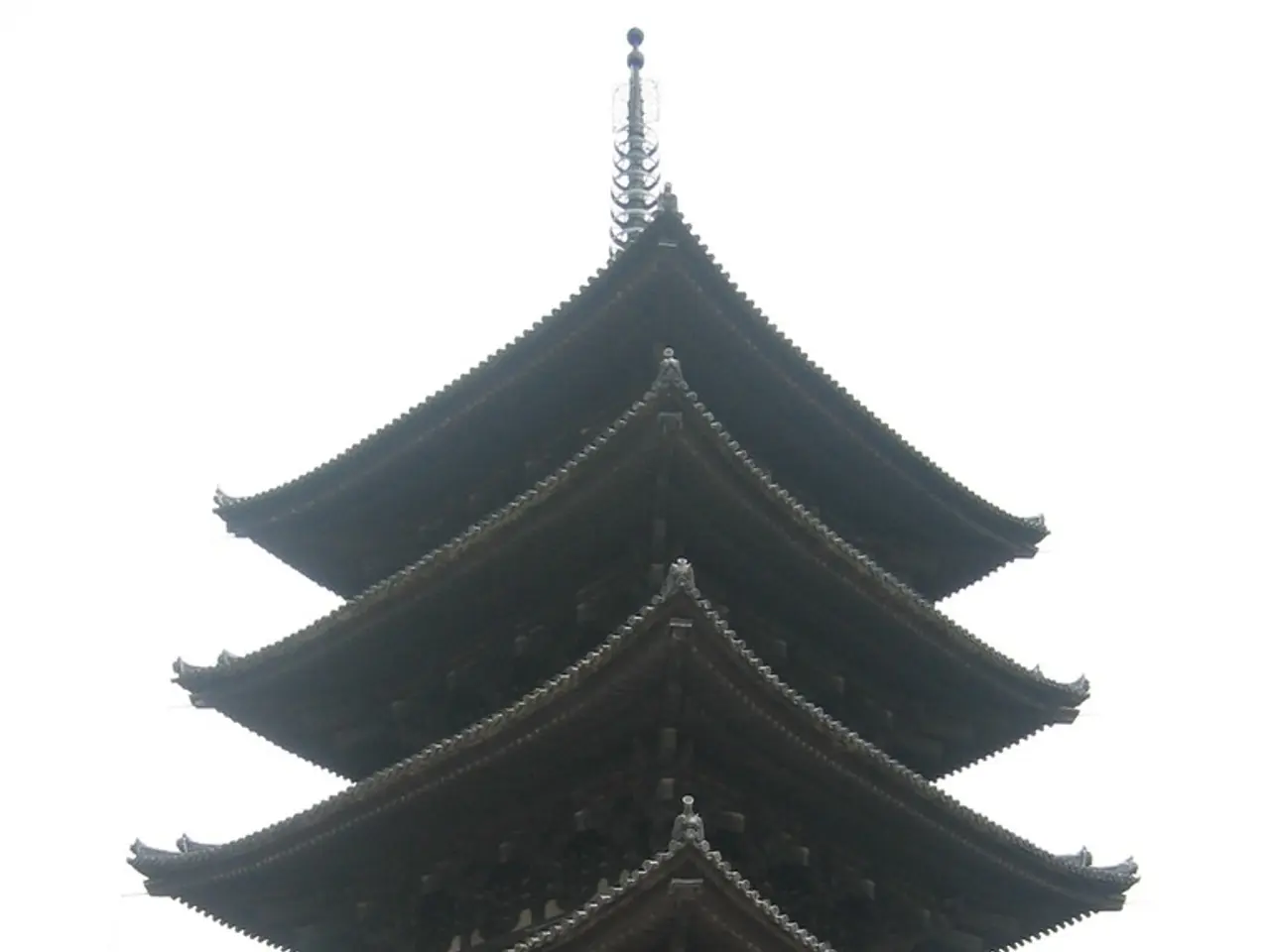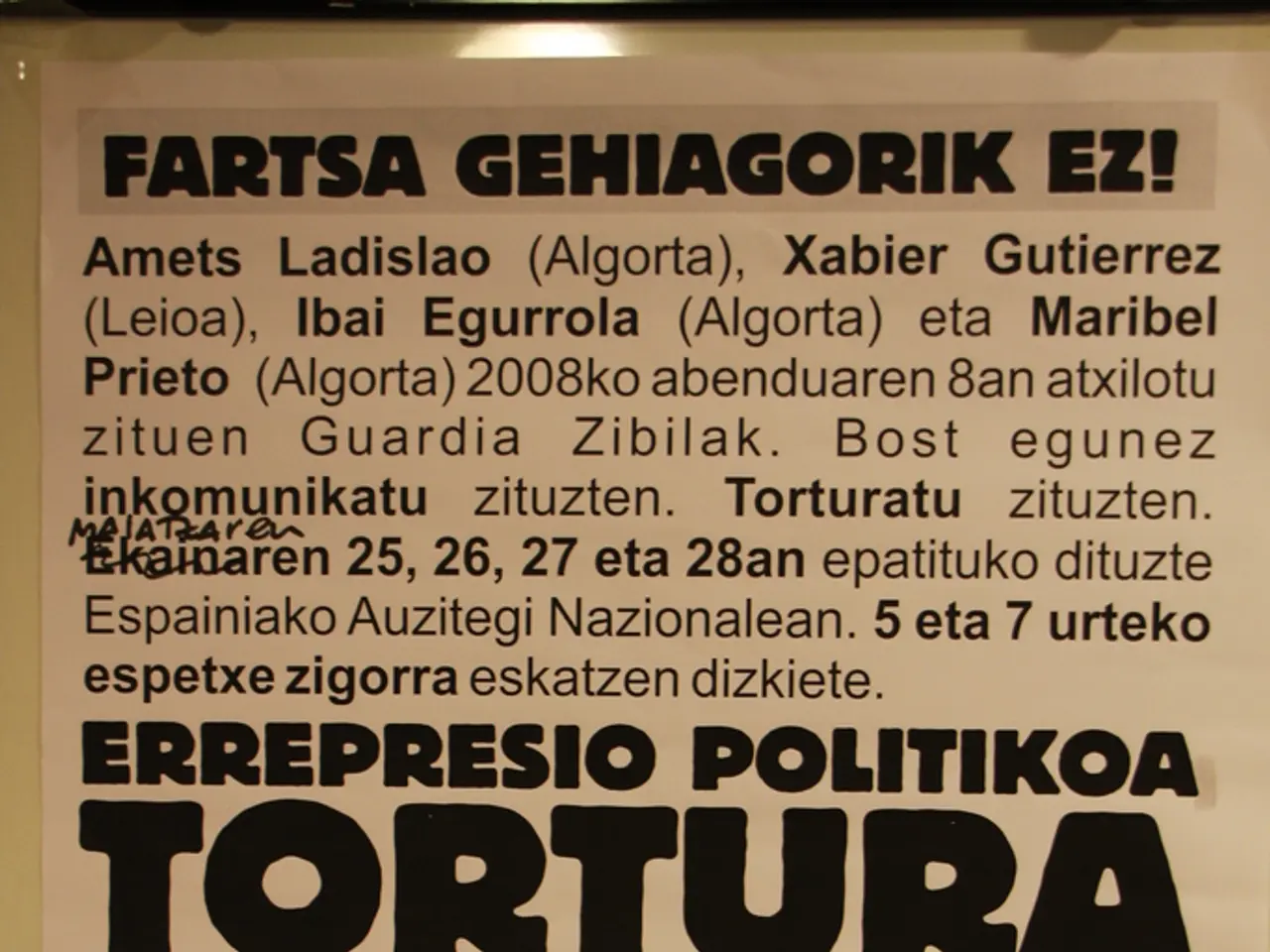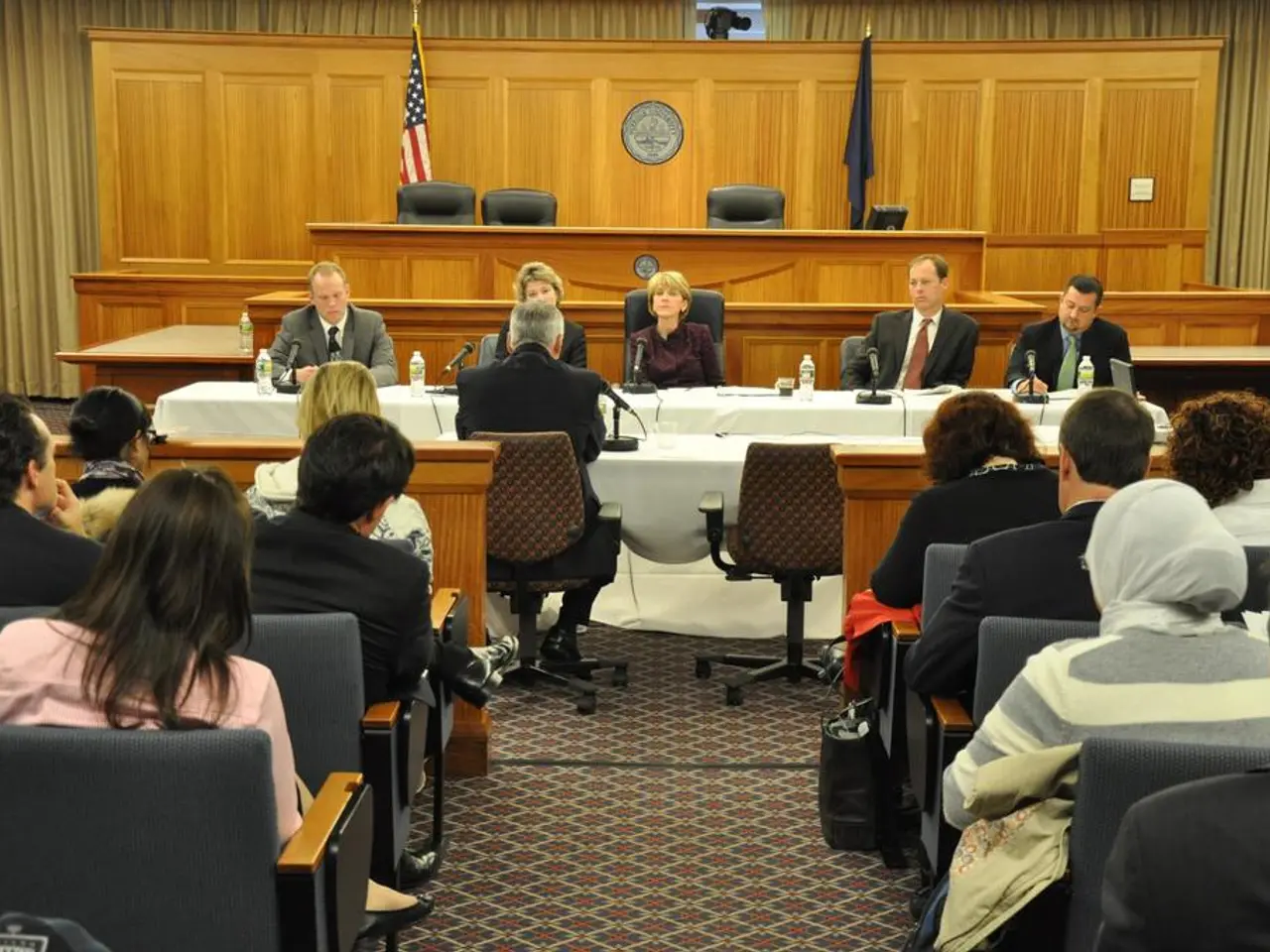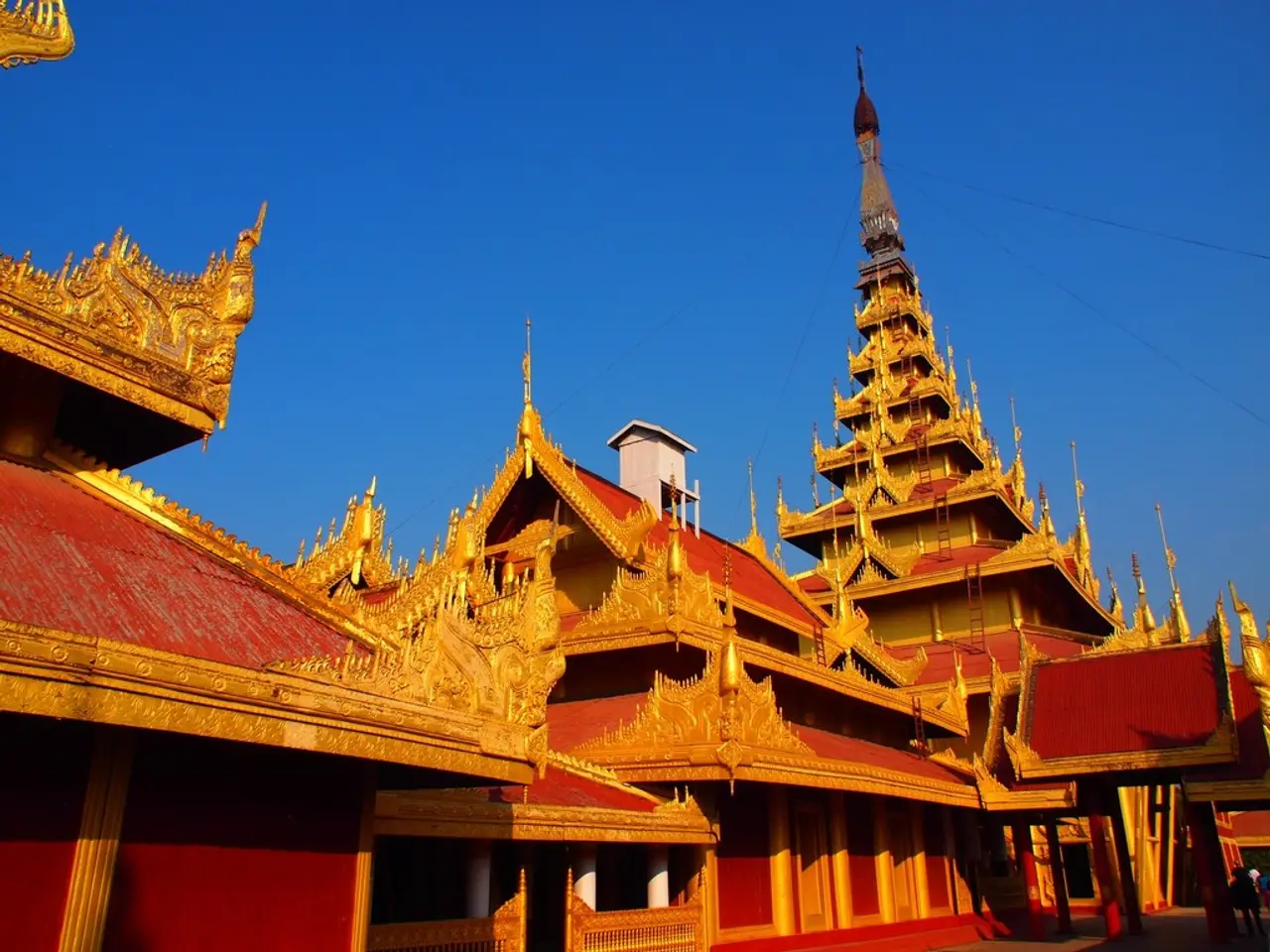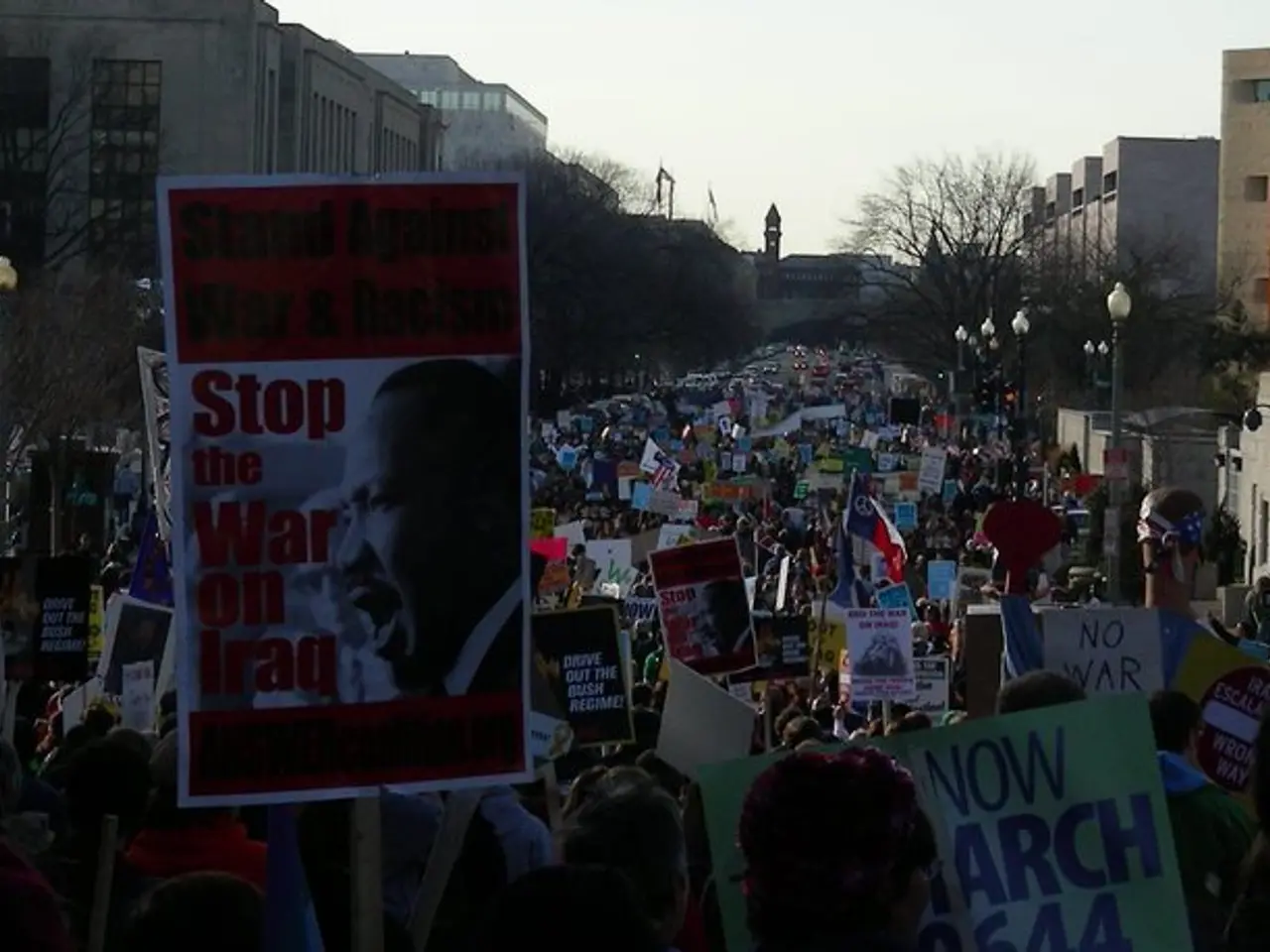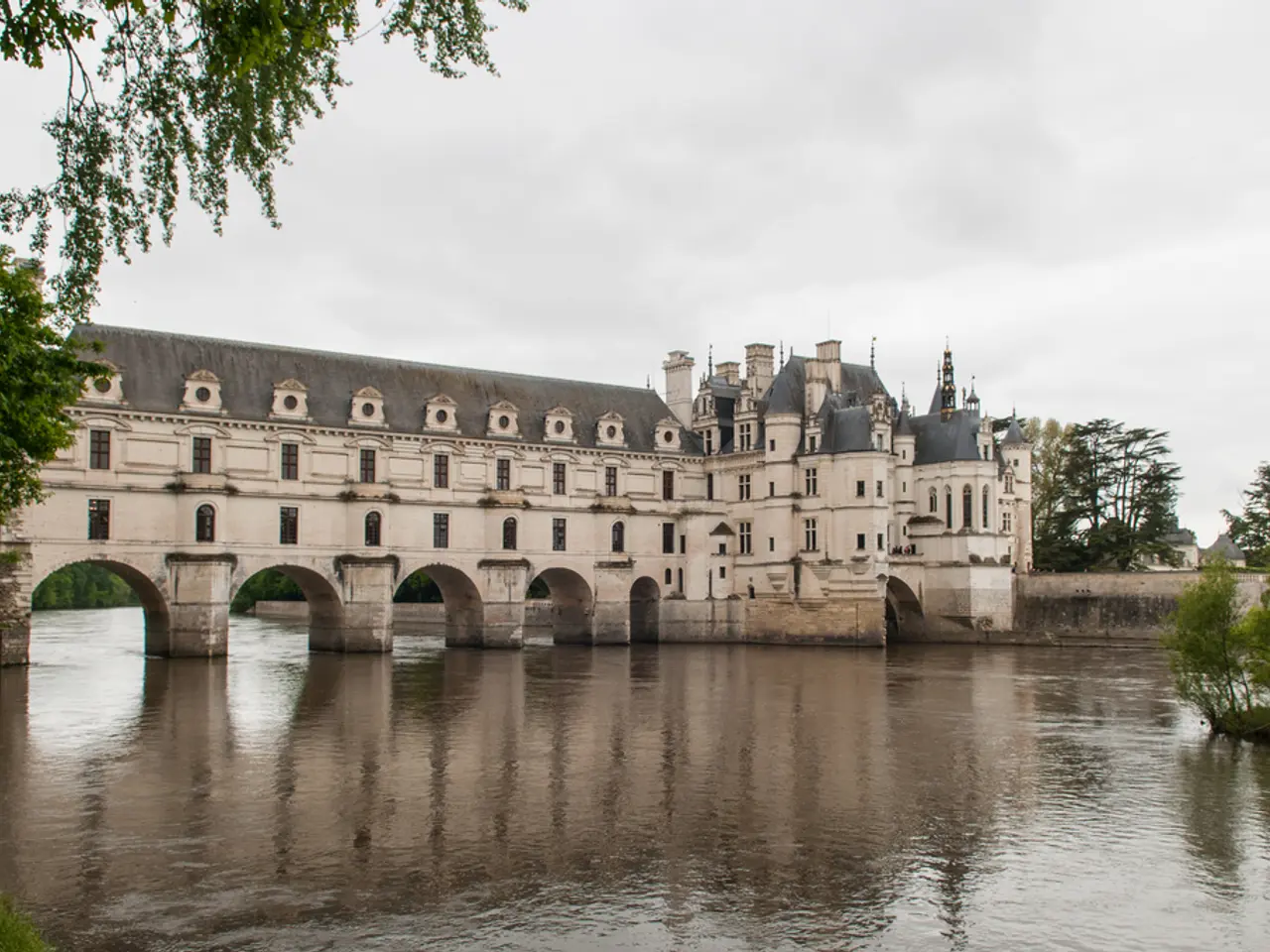India's Prime Minister Modi celebrates homecoming of Buddha relics from Piprahwa, which have been missing for 127 years.
The Piprahwa relics, a sacred collection believed to be linked to Lord Buddha himself, have returned to their homeland after a long journey of 127 years. The relics, which include bone fragments, crystal caskets, ornaments, and gemstones, were discovered in 1898 near the India-Nepal border in the village of Piprahwa, Uttar Pradesh.
A Historical Discovery
The relics were initially unearthed by British engineer William Claxton Peppe from a stupa associated with the Sakya clan, the Buddha’s clan. Peppe uncovered five small vases containing bone fragments, ashes, jewels, and reliquaries in 1898. The relics were initially partly handed over to British colonial authorities and placed in the Indian Museum in Calcutta (now Kolkata). Peppe was legally allowed to retain about one-fifth of the findings under the Indian Treasure Trove Act of 1878, which included bone fragments and ornaments that stayed with his descendants. Subsequent excavations in the 1970s by Indian archaeologists further confirmed the site's historical importance and relic dating.
Cultural Significance
The Piprahwa relics hold deep cultural and spiritual significance as physical remains of Buddha, central to Buddhist heritage and venerated worldwide. An inscription on the reliquary casket identifies the relics as from the Sakya clan relatives of the Buddha, reinforcing their authenticity and importance. Their repatriation is viewed as a reclamation of India’s spiritual and cultural heritage. Experts describe the event as a "watershed" moment and "the return of India’s soul."
The Repatriation and Return
In 2021, when the relics appeared at an international auction, efforts were made to ensure their return to India. The Indian government intervened swiftly, issuing legal notices to Sotheby's and working with private partners to halt the auction and ensure the relics could be repatriated. After 127 years abroad, the relics were formally brought back to India in July 2025 and received with a ceremony attended by Buddhist monks, diplomats, and cultural officials. They are currently housed at the National Museum in New Delhi for public viewing and are planned to be permanently enshrined at a prominent Buddhist site such as Sarnath, Kushinagar, or along the Lumbini-Kapilavastu corridor.
A Cultural Victory
The return of the Piprahwa relics marks a major cultural victory and a restoration of sacred heritage lost during colonial times. Prime Minister Narendra Modi celebrated the return of the sacred Piprahwa relics of Lord Buddha to India after 127 years. The Prime Minister's statement embodied the spirit of "Vikas Bhi, Virasat Bhi" (Development and Heritage). He appreciated all those involved in the effort to return the Piprahwa relics, acknowledging their significance in illustrating India's commitment to preserving and protecting its cultural heritage. The Piprahwa relics underscore India's close association with Lord Buddha, a testament to its rich cultural history and spiritual heritage.
The event of returning the Piprahwa relics has stirred considerable interest in contemporary politics, with discussions revolving around the preservation and ownership of historical artifacts and general-news coverage emphasizing their repatriation as a reclamation of India's spiritual heritage.
Prime Minister Narendra Modi's announcement celebrating the return of the Piprahwa relics to India highlights their significance in illustrating the nation's commitment to preserving and protecting its cultural heritage, a key aspect that contributes to his "Vikas Bhi, Virasat Bhi" (Development and Heritage) initiative.

